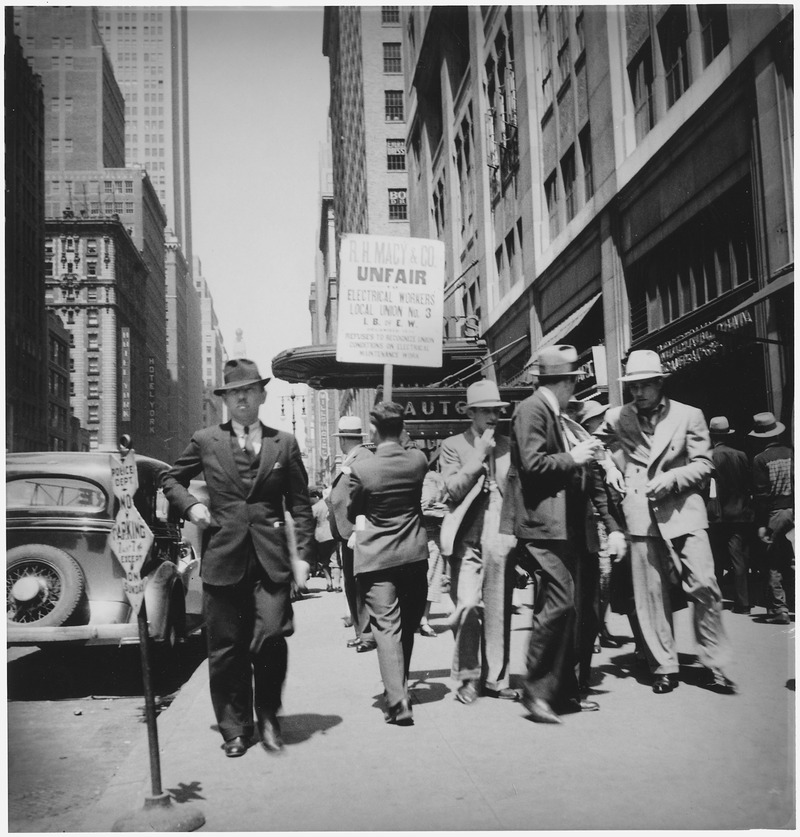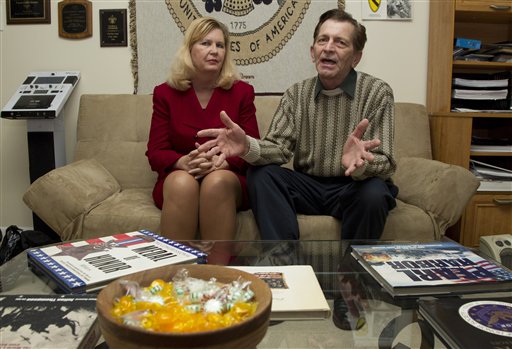Overbreadth Doctrine

Overbreadth is shorthand for the overbreadth doctrine, which provides that a regulation of speech can sweep too broadly and prohibit
protected as well as non-protected speech. A regulation of speech is unconstitutionally overbroad if it regulates a substantial amount of constitutionally protected expression. Overbreadth is closely related to its constitutional cousin, vagueness. A regulation of speech is unconstitutionally vague if a reasonable person cannot distinguish between permissible and impermissible speech because of the difficulty encountered in assigning meaning to language.
Motives driving the government to fashioning overbroad regulations
At least three motives drive the government’s impulse to fashion overbroad regulations.
- First, officials may employ overbroad regulations to suppress a broad range of criticisms directed against those in power.
- Second, officials may selectively enforce broad regulations to protect or suppress communicative content as they choose.
- Third, governments may adopt broad regulations to avoid judicial determinations of content or viewpoint discrimination.
Judicial examination of free speech regulations reflects an enduring concern: that free expression needs “breathing space” to survive (City of Houston v. Hill [1987]).
Court recognized overbreadth in two decisions
The Supreme Court implicitly recognized overbreadth in two 1940 decisions. In Thornhill v. Alabama (1940), the Court overturned the application of a wholesale ban on labor that outlawed “peaceful and truthful discussion of matters of public interest” and violent actions alike. In Cantwell v. Connecticut (1940), the Court held that a “breach of the peace” statute could not be broadly construed to “suppress free communication of views, religious or other, under the guise of conserving desirable conditions.” However, in both cases the Court refrained from invalidating the statute in question, calling instead for a limiting construction of its applications.
Overbreadth doctrine balances harm to society against free speech rights
The overbreadth doctrine remains a chief tool of constitutional litigators in First Amendment cases.he U.S. Supreme Court continues to invalidate laws based on the overbreadth doctrine. For example, the Court invalidated a law that criminalized lying about earning military honors, called the Stolen Valor Act, in United States v. Alvarez (2012). In this photo taken Wednesday, Feb. 8, 2012, Doug and Pam Sterner are photographed in their home in Alexandria, Va. Pam is the author of a college paper that led to the drafting of a federal law in 2006, the Stolen Valor Act, aimed at curbing false claims of military valor, and Doug exposes phony medal winners. (AP Photo/Carolyn Kaster, used with permission from the Associated Press)

One of the essential characteristics of contemporary overbreadth doctrine that the Court emphasized in Broadrick v. Oklahoma (1973) is that it is “manifestly strong medicine,” to be employed “sparingly and only as a last resort,” and not in situations in which “a limiting construction has been or could be placed on the challenged statute.”
A second characteristic of the doctrine is that a regulation’s overbreadth “must be not only real, but substantial as well, judged in relation to the statute’s plainly legitimate sweep.” This determination entails balancing the potential harm to society when unprotected speech goes unpunished against the societal implications of silencing communicators. As the Court ruled in Gooding v. Wilson (1972), these implications include leaving grievances to fester and foisting the “chilling effects” of regulation upon those whose speech is protected by the Constitution.
Precisely because of these chilling effects, the overbreadth doctrine permits those to whom the law constitutionally may be applied to argue that it would be unconstitutional as applied to others. This doctrine constitutes an exception to the traditional third-party standing rule. However, in a series of recent cases, including Hill v. Colorado (2000), the Supreme Court implied that only parties whose speech is unprotected may facially challenge regulations on overbreadth grounds, a development that would alter the historical development of overbreadth doctrine.
Overbreadth doctrine is a chief tool of constitutional litigators
The overbreadth doctrine remains a chief tool of constitutional litigators in First Amendment cases.he U.S. Supreme Court continues to invalidate laws based on the overbreadth doctrine. For example, the Court invalidated a law that criminalized lying about earning military honors, called the Stolen Valor Act, in United States v. Alvarez (2012). Similarly, the Court struck down a federal law that criminalized the dissemination of materials depicting animal cruelty in United States v. Stevens (2010). The Court reasoned the law was overbroad, because it could be applied to hunting videos.
This article was originally published in 2009 and updated in 2017. Richard A. “Tony” Parker is an Emeritus Professor of Speech Communication at Northern Arizona University. He is the editor of Speech on Trial: Communication Perspectives On Landmark Supreme Court Decisions which received the Franklyn S. Haiman Award for Distinguished Scholarship in Freedom of Expression from the National Communication Association in 1994.
Read MORE Below – click the links
We also have the First Amendment Encyclopedia very comprehensive and encompassing
CURRENT TEST = We also have the The ‘Brandenburg test’ for incitement to violence
We also have the The Incitement to Imminent Lawless Action Test
We also have the True Threats Test – Virginia v. Black is most comprehensive Supreme Court definition
We also have the Miller v. California – 3 Prong Obscenity Test (Miller Test) – 1st Amendment 1st
We also have the Obscenity and Pornography ; 1st Amendment
We also have the Watts v. United States – True Threat Test – 1st Amendment
We also have the Clear and Present Danger Test
We also have the Gravity of the Evil Test
We also have the Miller v. California – 3 Prong Obscenity Test (Miller Test) – 1st Amendment 1st
We also have the Freedom of the Press – Flyers, Newspaper, Leaflets, Peaceful Assembly – 1st Amendment lots of SCOTUS Rulings
We also have the Insulting letters to politician’s home are constitutionally protected, unless they are ‘true threats’ lots of SCOTUS Rulings
We also have the Introducing TEXT & EMAIL Digital Evidence in California Courts lots of SCOTUS Rulings
California Civil Code Section 52.1 Interference by threat, intimidation or coercion with exercise or enjoyment of individual rights
Recoverable Damages Under 42 U.S.C. Section 1983 LEARN MORE
New Supreme Court Ruling makes it easier to sue police
42 U.S. Code § 1983 – Civil action for deprivation of rights
18 U.S. Code § 242 – Deprivation of rights under color of law
18 U.S. Code § 241 – Conspiracy against rights
Suing for Misconduct – Know More of Your Rights
Police Misconduct in California – How to Bring a Lawsuit
Recoverable Damages Under 42 U.S.C. Section 1983
Section 1983 Lawsuit – How to Bring a Civil Rights Claim
